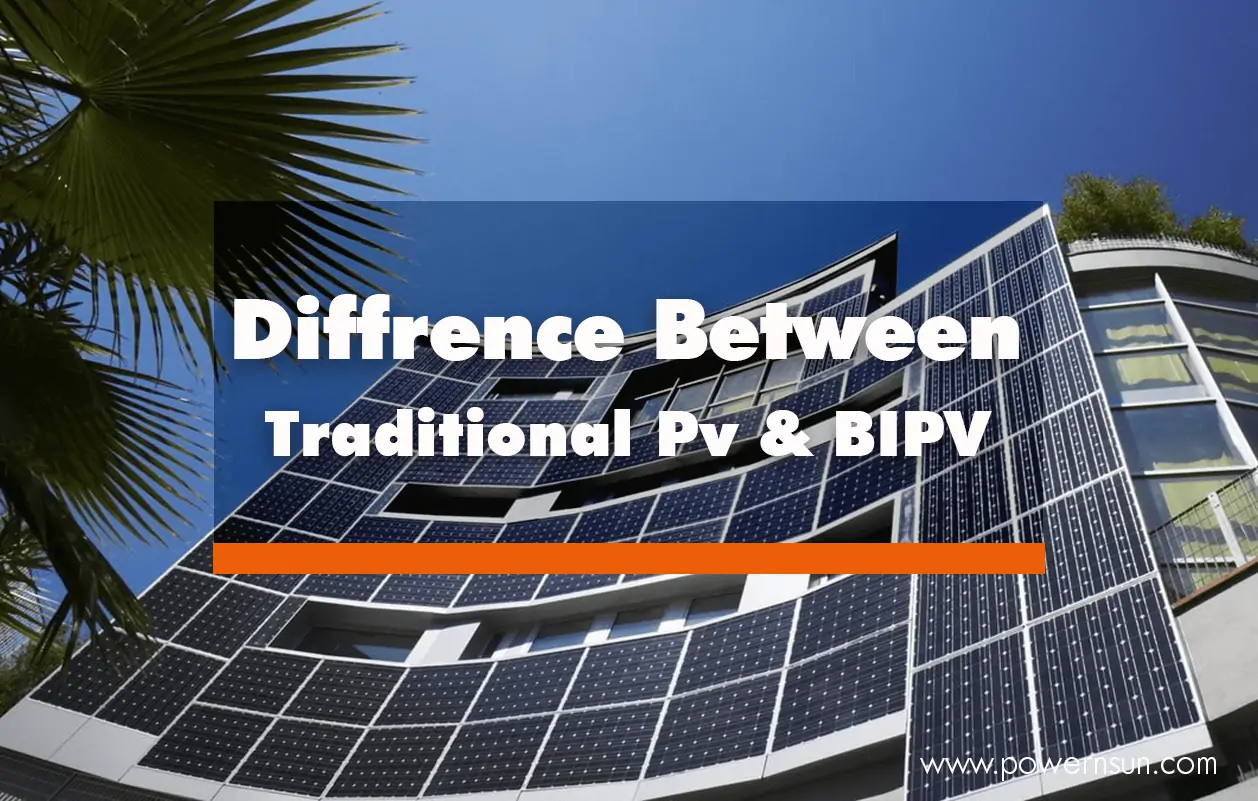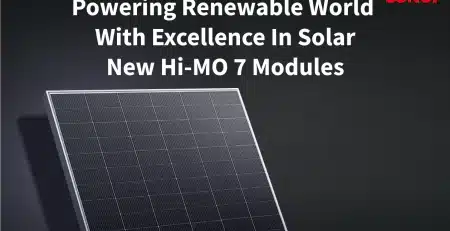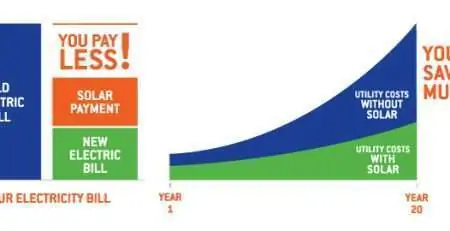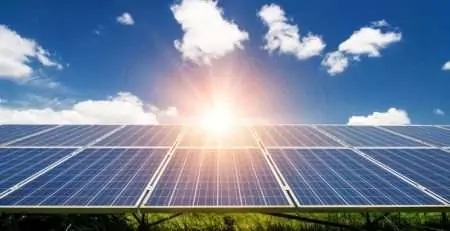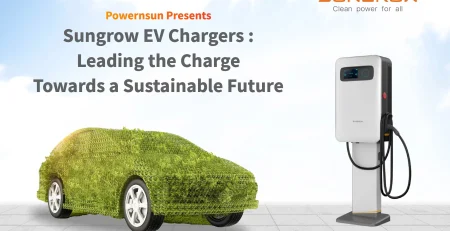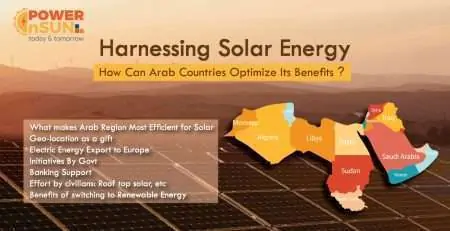Differences Between Traditional PV Modules And BIPV (Building Integrated Photovoltaic)
The move to sustainable living is quicker than ever before and it seeks ways to make the most of the natural resources, especially solar energy. With energy usage and demand always high, it is certainly a smart decision to embrace ways that maximize the generation of solar power. One such development in improving the power output and efficiency of solar power is BIPV, Integrated Photovoltaic. So, how does it differ from traditional solar modules? What are the benefits of these BIPV modules? Let us explore.
BIPV – Is it truly the next generation of PV modules?
What is BIPV? It stands for Building Integrated Photovoltaics. These modules are eventually replacing traditional building materials such as siding, glass roofs, and facades with solar-integrated materials.
BIPV functions similarly to conventional solar panels. But the major difference is that they are designed to serve as the structural material beyond just added elements of the building. These cells cater to dual purposes, serving as the outer layer of the structure as well and they can produce electricity for on-site use, and/or to the grid.

This kind of building-integrated PV system is typically planned in the architectural designing phase and integrated in the initial construction stages. In the solar energy world, BIPV is rapidly gaining popularity and is making an immense contribution to replacing traditional building materials in roofs and skylights. It is becoming a better attractive option among building consultants, individuals, and architects who are passionate about developing sustainable and eco-friendly buildings. The good news is you do not have to compromise on the building’s architectural designs.
BIPV systems that are incorporated into the building help in the generation of energy for the building and in addition they fulfill multi-functional applications such as weather protection, thermal insulation, thermal control, sun protection, sound insulation, and more.
Differences between Normal PV Modules And BIPV (Building Integrated Photovoltaic)
The significant advantage of BIPV is its improved aesthetics which will certainly accelerate its adoption. In addition, this technology has a wider potential to blend perfectly into the modern architectural industry and facilitate sustainable goals.
The major aspects that differentiate BIPV (Building Integrated Photovoltaic) from the traditional PV modules cover:
Aesthetically appealing
BIPV:
Since BIPV systems are designed to integrate seamlessly into the building designs, aesthetically appealing is a sure-shot benefit. In addition, these BIPV solar modules can be designed in diverse ways such as sizes, shapes, and colors. It means that these modules can become the finest elements of aesthetics in the architecture and style of buildings.
Traditional panels:
However, in the case of traditional solar panels, the installation of a solar system is often considered stand-alone installations and can never complement the design of a building.
Functional Integration:
BIPV:
Those buildings integrated with the BIPV system serve a wide range of functions at the same time, rather than just energy production. Say for example: That solar facades of a building can serve as a protective layer for the building and in addition, it can serve as a power generator. Besides producing solar power, such buildings are also capable of providing natural sunlight to the building. This functional integration of the system makes it a value-added aspect of the building.
Traditional panels:
Conventional solar panel systems are installed with the core purpose of generating electricity. You can’t expect these traditional systems to be equipped with any other additional functionality.
Efficiency:
BIPV:
As you harness the solar energy directly into the point of consumption, these BIPV technology modules will have improved efficiency. In this type, solar modules are integrated into the buildings, which indicates reduced energy loss and thus results in improved overall efficiency. Furthermore, BIPV systems are integrated with the electrical infrastructure of the building, representing better energy-efficient utilization. However, compared with traditional panels, these modules will have less efficiency, with an average of 5–10%.
Traditional Panels:
As conventional solar panels are designed for the sole purpose of energy generation, they tend to possess better energy efficiency. Also, the latest solar modules are found to have improved energy efficiency factors making the traditional solar panels optimal for maximum energy generation.
Cost:
BIPV:
BIPV systems demand specialized installation equipment and techniques. Hence they incur higher installation costs. Typically, BIPV solar modules are costlier by 2.5 to 3 times compared with the traditional solar modules.
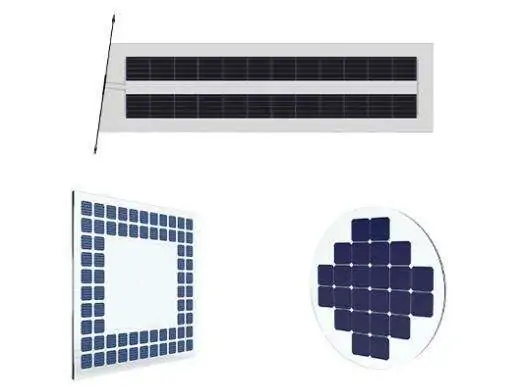
Traditional Panels:
As conventional solar modules are designed for energy generation purposes, they are typically more cost-effective than BIPV systems.
Installation:
A BIPV installation, in general, needs more skill and installation techniques than a regular solar panel installation. In addition, installing this system should be integrated during the initial stages of the building’s architecture and design.
Traditional Panels:
The installation of traditional solar panel systems follows a straightforward process. By getting the help of installation experts, it is not a hassle process to get the solar systems installed.
To be concluded,
When deciding between the above two choices, traditional solar modules are widely appreciated for their higher efficiency, proven technology, and minimum installation and maintenance costs. But, on the other hand, BIPV systems lead the industry with their aesthetically pleasing appearance characteristics and reduced energy costs. Hence, opting among the two exclusively depends on your specific requirements.
Explore BIPV, the next phase of the solar market with Powernsun
Accomplish an aesthetical appearance with the added benefit of a moderate amount of energy generation with Longi’s BIPV solar modules. The building-integrated Photovoltaics from our renowned partner Longi serve as an ideal choice for both new buildings and renovated industrial and commercial metal roof buildings.
Widely appreciated for the unique characteristics of 555 W higher power, 21.7% conversion efficiency, 30 years of warranty, and worry–free maintenance with Golden Keys Project Management System, you are ready to navigate the innovative way of power generation in an aesthetically appealing building.
If you are prioritizing aesthetics and energy efficiency in your solar power generation, just go for LONGi Building Integrated Photovoltaics (BIPV) from Powernsun.

